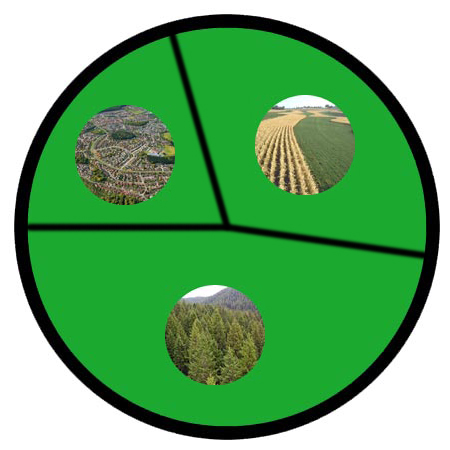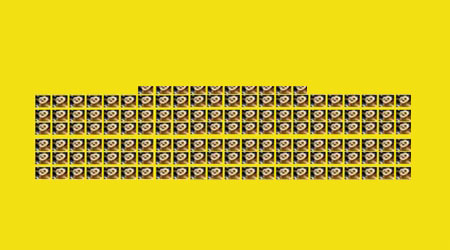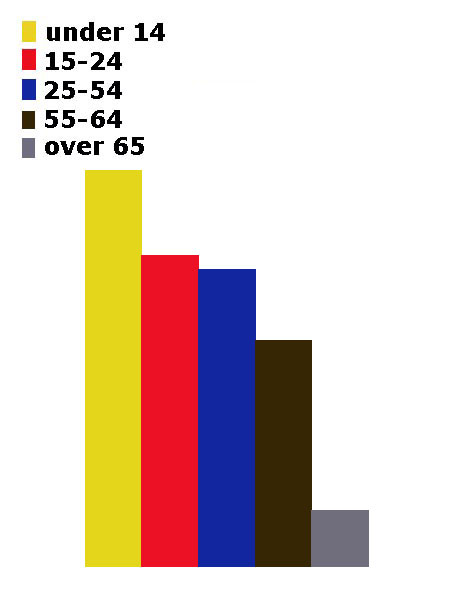Where is Guatemala?
About Guatemala
The Land
The People
Life and Death
Health, Energy and the Environment
Education and Work
Travel, Communication and the Media






Back to the Flags of North America page




Guatemala is an above-average size country in the south of North America.
Guatemala has a border on the Caribbean Sea in the east and the Pacific Ocean in the south.
The land is mostly mountains with narrow coastal plains.
The geographical coordinates for the centre of Guatemala, also known as lines of latitude and longtitude, are:-
Latitude - 15 30N
Longitude - 90 15W


Check the weather in Guatemala City now.
This is the time in Guatemala City now
 The Guatemalan flag is 3 equal vertical
stripes of blue, white and blue. The Guatemalan coat of arms is in the centre of the white stripe. The coat of arms has a green and red quetzal, the national bird
and a scroll which says Libertad 15 de Septiembre de 1821, the date Guatemala gained independence from Spain. In the background to this are a pair of crossed swords and a
pair of crossed rifles, all framed by a laurel wreath.
The Guatemalan flag is 3 equal vertical
stripes of blue, white and blue. The Guatemalan coat of arms is in the centre of the white stripe. The coat of arms has a green and red quetzal, the national bird
and a scroll which says Libertad 15 de Septiembre de 1821, the date Guatemala gained independence from Spain. In the background to this are a pair of crossed swords and a
pair of crossed rifles, all framed by a laurel wreath.
Guatemala is a presidential republic with a president as head of government.
In elections everyone over the age of 18 can vote. However members of the army or police cannot vote.
The currency in Guatemala is the quetzal.
Spanish is the official language.
Hear the National Anthem
These are the anthem words
We have already written our own history of England but are asking schools in Guatemala to provide us with a detailed history of
their own country. Check how here.
![]()
![]() Back to the top
Back to the top

The total land area of Guatemala is 107,159 sq kms which is the 7th largest in North America.
Guatemala has lakes, rivers and canals which total 1,730 sq kms.
Guatemala has boundaries with 4 countries
- Mexico 958 kms
- Belize 266 kms
- Honduras 244 kms
- El Salvador 199 kms
Guatemala has a coastline of 400 kms which is the 13th longest in North America.
The highest point in Guatemala is volcan Tajumulco at 4,220 metres.


The total population of Guatemala is 15.19 million people, making it the 4th largest country in North America by population.
Of this number 7.70 million are females and 7.49 million are males.
A person from Guatemala is called a Guatemalan.
To be a citizen of Guatemala you must be born in GUatemala or one of your parents must be a citizen of Guatemala. You have to live in Guatemala for
5 years before you can begin to apply for citizenship, and you must not have left for more than 6 consecutive months during that period or had absences
totalling more than 12 months .
The largest five cities in Guatemala, by population are:-
- Guatemala City 994,938 people
- Mixco 473,080
- Vila Nueva 406,830
- Petapa 141,455
- San Juan Sacatepequez 136,886
 Each little Owlbut is 1 person and
the big yellow rectangle is 1 sq km. After a while you can compare countries and see which ones are the most crowded. Remember it is only an average as
more people live closer together in towns and cities than in villages out in the country.
Each little Owlbut is 1 person and
the big yellow rectangle is 1 sq km. After a while you can compare countries and see which ones are the most crowded. Remember it is only an average as
more people live closer together in towns and cities than in villages out in the country.

51.6% of the people live in cities or towns.

The birth rate in Guatemala is 24.5 births per 1,000 of population
The death rate in Guatemala is 4.7 deaths per 1,000 people.
Check this against the birth rate. If the death rate is higher than the birth rate then
the population will decrease unless immigrants arrive in the country.
There are 19.9 deaths of girls under 1 year per 1,000 of births and 23.9 deaths of boys.
The median age for females is 22.4 and for males is 21.0. The median age is that age which divides the population exactly in half so there are the same number
of people above the median age as below it.
The average age of a woman when she has her first child is 20.3.
The elderly dependency ratio is 7.6. This is the number of elderly people (ages 65+) per 100 people of working age (ages 15-64).
The potential support ratio is 13.1. This is the number of working-age people (ages 15-64) per one elderly person (ages 65+). As a population ages, the potential support ratio tends to fall, meaning there are fewer potential workers to support the elderly.



Guatemala spends 6.2% of its total income on health care.
There are 0.93 doctors per 1,000 people.
There are 0.6 hospital beds per 1,000 people.
21.2% of the population are estimated as obese.
98.4% of the urban population and 86.8% of the rural population have drinking water that is either piped into their home or they have access to a public tap, a protected borehole, well, spring or
protected rainwater collection facility.
77.5% of the urban population and 49.3% of the rural population have access to a flushing toilet that is connected to a sewer. a pit latrine (that is a
permanent hole in the ground that is looked after) or a composting toilet.

Guatemala releases 13.0 million metric tons of carbon dioxide by burning fossil fuels in the process of producing and consuming energy. This puts it as the 8th highest in North America.

Guatemala spends 3.0% of its total income on education.
Children usually start school at age 7 in Guatemala. Primary education is for six years until age 13. That is the end of compulsory education. Secondary
education can continue till 18. This may be followed
by further education at a university or college.
Generally the school year consists of 1 term and starts in the second week of January and finishes at the end of October. There is usually a 1 week
break at Easter and a one week break in June.
76.3% of females and 87.4% of males are able to read and write by the age of 15.
6.11% of all people aged between 16 and 24 are not in work. Among females 9.1% are unemployed while with males 4.6% can't find work.
The total number of people available for work in Guatemala is 4.62 million.
 They work in the following sectors.
They work in the following sectors.
- Agriculture includes farming, fishing and forestry work
- Industry includes mining, manufacturing, construction and energy workers
- Services is everything else

There are 16 paved airports in Guatemala, which is the 9th highest number in North America.
![]()
There are 800 kilometres of railways in Guatemala, the 5th longest in North America.
![]()
There are 7,489 kilometres of roads in Guatemala, which means Guatemala is in 8th place for the most kilometres of roads in North America.
![]()
There are 4 major national newspapers in Guatemala.
There are 18.12 million mobile phone users.
12% of the people have a fixed landline.

4.04 million people have access to the internet at home via any device (computer or mobile).


